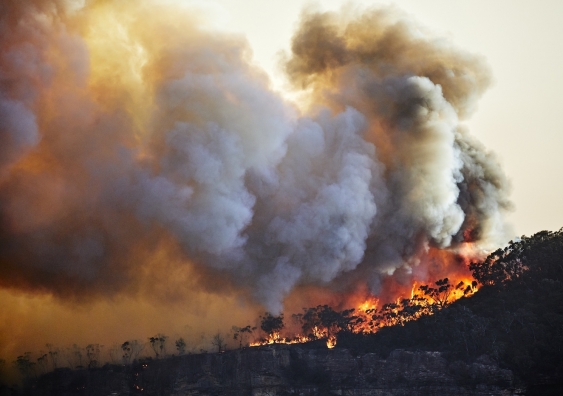Proactive Home Defense: Leveraging the Insights of a BAL Report
Proactive Home Defense: Leveraging the Insights of a BAL Report
Blog Article
How BAL Record Impacts Shrub Fire Defense Measures
In the realm of bush fire defense, the Building Assault Level (BAL) report stands as a crucial device that substantially influences the safety and strength of residential or commercial properties in fire-prone areas - BAL Report. The influence of a BAL evaluation extends far beyond mere documentation; it serves as the foundation for determining the ideal building and construction requirements and fire defense procedures needed to reduce the threats postured by bushfires. As areas come to grips with increasingly serious fire periods, recognizing just how the BAL report shapes these protective procedures ends up being critical for building contractors, house owners, and policymakers alike
Understanding the Bushfire Assault Level

Significance of BAL Record Assessment
Additionally, the BAL record analysis acts as a foundational step in following legal responsibilities and requirements connected to bushfire defense. Neighborhood councils and authorities commonly mandate the entry of a BAL report as component of the preparation and structure approval procedure to make sure that homes are appropriately guarded versus bushfire threats. Falling short to conduct a comprehensive BAL check out this site record analysis can result in inadequate security procedures, leaving homes vulnerable to devastating bushfire cases.
Construction Specifications Based Upon BAL
A thorough understanding of the Bushfire Attack Degree (BAL) allows residential property proprietors to implement building criteria tailored to their details threat account. Construction criteria based on BAL are essential in minimizing the impact of bushfires on properties. The BAL rating categorizes the prospective threat a building deals with during a bushfire on a range from BAL-Low to BAL-FZ (Flame Zone)
Implementing Fire Security Measures
With the foundation of construction criteria based on Bushfire Strike Degree (BAL) in place, the emphasis now shifts towards the functional application of fire protection actions to fortify buildings against bushfire risks. Easy steps include making use of fireproof building products, mounting ember guards on vents, sealing voids in roofing systems and wall surfaces, and maintaining a clear area around the residential or commercial property complimentary from combustible vegetation. By integrating both passive and active approaches, residential or commercial properties can significantly reduce their vulnerability to bushfire cases and boost the safety and security of occupants.
Shielding Homes Against Bushfires
Efficiently securing homes versus the devastating influences of bushfires calls for a positive and thorough strategy to fire defense measures. In addition, sealing gaps and vents to avoid ash breach, as well as incorporating fire-resistant doors and home windows, can assist strengthen the home's protection against bushfires. By accepting a More hints positive stance and incorporating these safety actions, property owners can considerably boost their opportunities of safeguarding their homes against bushfires.
Verdict
In conclusion, the Bushfire Assault Degree (BAL) report plays an essential role in figuring out the needed protection measures versus bushfires. Implementing fire protection steps based on the BAL report is essential in securing properties from prospective bushfire dangers.
In evaluating bushfire danger to properties, understanding the Bushfire Assault Level (BAL) is an essential component for executing efficient protection measures. In general, a clear understanding of the Bushfire Attack Degree is necessary for executing sufficient protection steps and alleviating the influence of bushfires on homes.

Report this page